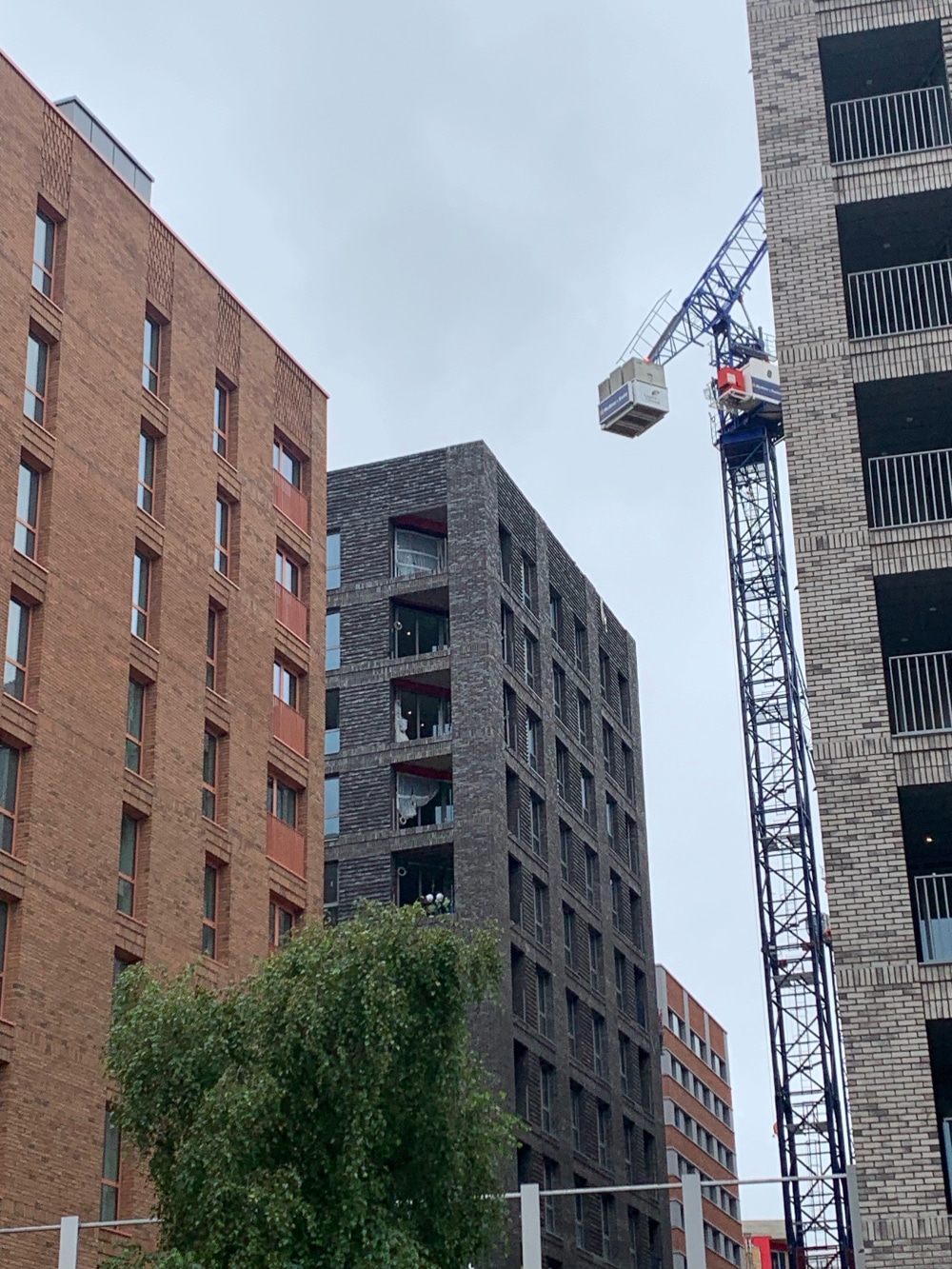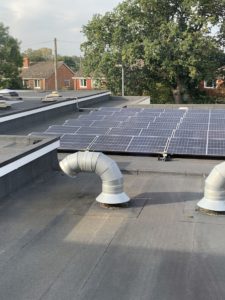Here at Buildpass, we try to stay at the forefront of sustainable construction and the latest updates in the industry. A topic of significant attention at the moment is the elusive net-zero goals for 2050: specifically, that recent findings from the Construction Leadership Council (CLC) suggest that it may be falling short of its government-backed “net-zero priorities.” In its sixth progress update to the CO2nstruct Zero Performance Framework (CZPF), the CLC reveals that while some progress has been made, the industry remains on track for less than half of its net-zero goals.
Want to learn more about building to net zero? Check out our recent blog about our free net zero CPD’s.
Measuring progress on net-zero
Progress on the net-zero goals are somewhat of a challenge to put into metrics. The CO2nstruct Zero Performance Framework (CZPF) – introduced at COP26 in November 2021 – serves as a comprehensive solution for collecting data and monitoring the construction sector’s efforts to address the carbon challenge. It comprises 31 metrics across nine priority areas, offering insights into how the industry is reducing carbon emissions in construction activities, building structures, and product/material transportation.
The CZPF report shows us where construction is missing the mark
This year’s CZPF report highlights that the construction industry is currently on track in only four out of nine priority areas, raising massive concerns about its ability to meet net-zero goals.
The following priorities are deemed “on track”:
- Priority 1: Accelerating the shift of the construction workforce to zero-emission vehicles and onsite plants.
- Priority 3: Championing developments and infrastructure investments that enable low-carbon modes of transport.
- Priority 5: Scaling up industry capability to deliver low-carbon heat solutions in buildings, including heat-pump deployment, trials of hydrogen heating systems, and heat networks.
- Priority 6: Enhancing the energy performance of new and existing buildings through higher operational energy-efficiency standards and better building-energy performance.
However, the five other priority areas are labeled as “more work needed.” These include:
- Priority 2: Optimizing the use of modern methods of construction and improved onsite logistics to reduce waste and transport.
- Priority 4: Collaborating with the government to retrofit existing housing stock and improve energy efficiency.
- Priority 7: Implementing carbon measurement to support construction projects in making quantifiable decisions to reduce carbon.
- Priority 8: Designing out carbon and developing the capability of designers and construction professionals to align with the circular economy.
- Priority 9: Supporting the development of innovative low-carbon materials and advancing low-carbon solutions for manufacturing production processes and distribution.
The future of net-zero is bright
Despite these challenges, at Buildpass we feel optimistic about the progress towards net-zero, especially in the measurement of operational and embodied carbon. (Read more about operational vs embodied carbon in this blog.) It’s expected that, by 2024, building-type benchmarks for all asset classes will be launched, providing a more structured approach to reducing emissions.
Over 220 organisations have joined CO2nstruct Zero as business champions or partners, demonstrating carbon-reduction leadership and sharing best practices. Several case studies showcased in the report illustrate these efforts. Bradford Building Supplies‘ employee retention scheme offers home-energy assessments and retrofit plans, aligning with CO2nstruct Zero Priority 4. The Environment Agency aims to reduce embodied carbon through BIM analytics and carbon workflow on a tidal barrier design, linked to Priority 7. Keltbray’s case study highlights the benefits of electrification in reducing emissions and noise on construction sites, aligning with Priority 1.
Here at Buildpass, we’ve seen growing interest in and commitment to sustainable construction from our clients and partners across the construction industry. With more and more of the industry providing low-carbon choices to customers the journey to net-zero is more accessible than ever. With close monitoring, collaboration, and continued innovation we are confident there is a sustainable future for construction. To discuss how your next building project can move in line with the green agenda, get in touch with the Buildpass team.





















